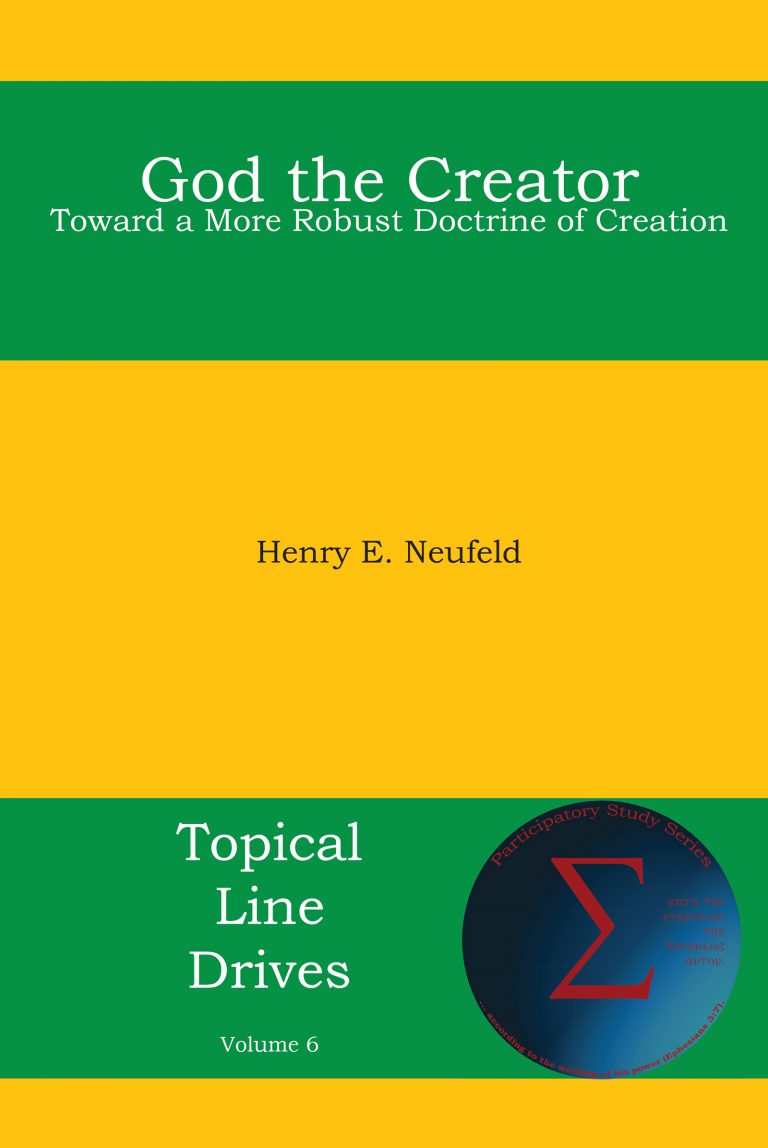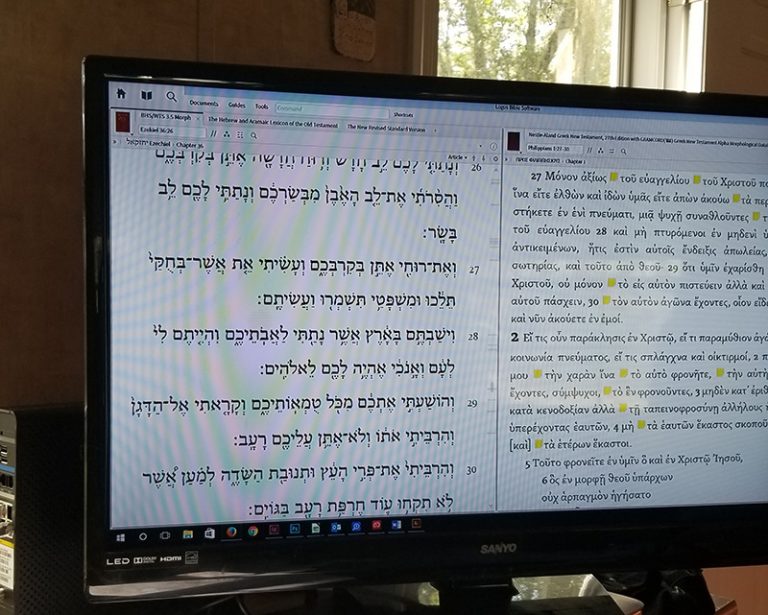Ruin and Restoration Creationism
In two previous entries I’ve discussed young earth creationism and old earth creationism. Continuing with this series on how various groups of Christians understand origins, I will now discuss the ruin and restoration theory.
I have previously mentioned this theory in the pmaphlet God the Creator and in my review of the book The Invisible War by Donald Grey Barnhouse. I discuss some of the translation issues involved in my translation and notes on the creation story.
The ruin and restoration theory holds that the current creation is one of a series. Most advocates would hold that there was one creation, then a destruction, and then recreation, though some allow there may be a number that we don’t know about. The key basis for this doctrine is a translation of one word in Genesis 1:2, the Hebrew word which practically all translations render “was.” The Hebrew word here is “hayah” which is the perfect (suffix) form of the Hebrew verb “hayah” which means “happen,” “become,” or “was” in most cases. Advocates of the ruin and restoration theory argue that it should be translated “became” here rather than “was” and they point to the huge number of cases in which this verb is translated in that way throughout the Bible. The difficulty with this argument is that it ignores the syntax of the passage. The vast majority of the uses of this verb are also used with a different syntax. If one limits one’s study to those uses in which the syntax is similar to what it is in this verse, the statistics look much different.
Advocates of this view also bring Isaiah 45:18 and Jeremiah 4:23-26 as descriptions of the destroyed world. Such interpretations ignore the use of figurative language. Advocates of this view take these particular verses very literally. Both are part of an existing prophetic oracle with a very specific application at a time that is now past, but easily identifiable. An interpreter would need to establish a strong contextual basis for applying these verses to a different time than is clearly the referrent of the passage of which they are part.
What are the advantages of this view? Basically one can hold that the earth is old, which eliminates some of the clearest difficulties of the young earth view. Like old earth creation and theistic evolution, this view also allows for death prior to the creation story. In fact, it allows pretty complete destruction of life on the planet prior to the current creation. At the same time, advocates can take Genesis 1-3 absolutely literally, as long as the one translation change in Genesis 1:2 is allowed.
The disadvantages include the need to explain the recent date of the flood as determined from the genealogies of Genesis 1 & 11. One either has to assume gaps in these genealogies as do old earth creationists, in which case one may be accused of not constructing the text strictly enough, or one must deal with all of the archeological problems that a late date (24th century BCE) for the flood produces. In addition, the interpretation required for the texts in Isaiah 45:18 and Jeremiah 4:23-26 are very difficult to sustain.
This position is largely held by those who accept dispensationalism as a system of interpretation. It is a minority position, but is nonetheless held by a substantial number of Christians, and should be given considerations.


